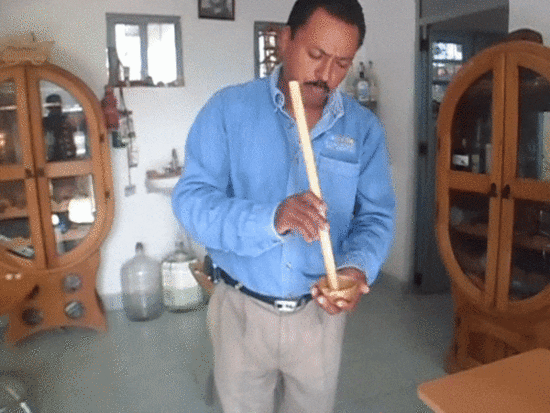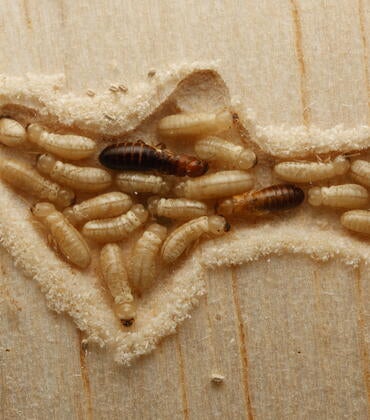
For centuries, artisans in Mexico have used a simple method to tell when mezcal is ready to drink. They splash a jet of liquor into a small container to form bubbles. If the bubbles last for a few tenths of a second, the mezcal is ready. Any longer or shorter, the mezcal is not good. No one knew why until now.
A team of researchers from the National Autonomous University of Mexico, together with UC Riverside mechanical engineering professor Monica Martinez, performed experiments that showed bubbles last the right amount of time only when the alcohol content is close to 50%. Their results are published in the open-access journal Scientific Reports.
“We wanted to know why the bubbles indicated the alcohol value,” Martinez said. “The problem was fun because it had both cultural meaning and scientific value.”
The group measured the duration of bubbles that formed in different types of mezcal and in various mixtures of pure ethanol and water. At around 55% alcohol content, the bubbles lasted for tenths of seconds. Otherwise, they burst.
The researchers found the liquid’s density, viscosity, and surface tension affected bubble lifetime. Surfactants, particles that change surface tension, naturally present in mezcal also extended bubble lifetime.
“Artisanal mezcal makers know what they are doing, and now we know why,” Martinez said.
Their research also offers insight to many other natural and industrial problems for which the stability of surface bubbles is important, such as biofoams, froth flotation, and volcanic flows.
Header photo from "Bubbles determine the amount of alcohol in Mezcal" supplementary video.




